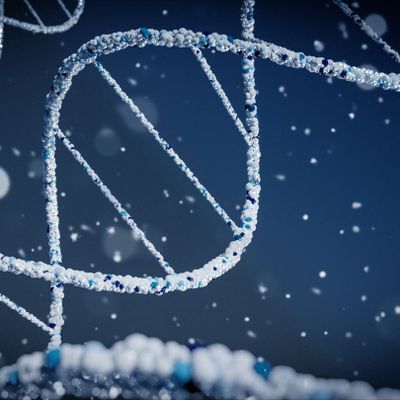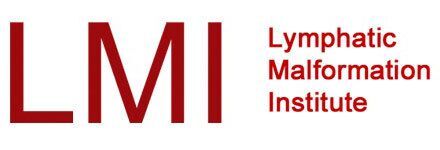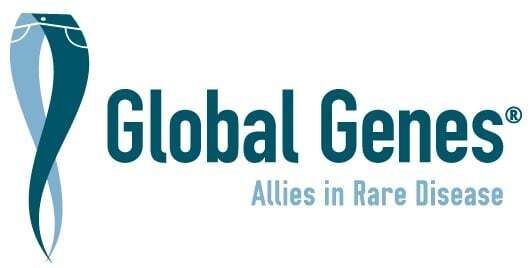
Introduction: Greetings to our readers! Today's blog centers around isolated lymphatic malformations (LMs), distinct from the more complex lymphatic anomalies. Our focus is on the recent advancements in diagnosing and treating these conditions, particularly through the lens of cyst fluid cell-free DNA analysis. Dr. James Bennett from the University of Washington and Seattle Children’s Hospital, presented at the LMI/LGDA/LGD Alliance Europe 2023 International Scientific Conference on Complex Lymphatic Anomalies.
Understanding Lymphatic Malformations: LMs are disorganized masses of lymphatic tissue that can vary significantly in severity. Occurring in about 1 in 4,000 individuals, they primarily affect the head and neck area. These malformations can cause compression on adjacent structures, pain, and infection, making them a significant medical concern.
The Role of Genetic Mutations: It has been established that the majority of isolated LMs are due to mutations in the PIK3CA gene. These activating mutations initiate a signaling pathway leading to the development of LMs. This understanding has opened doors to targeted treatments, such as Sirolimus and Alpelisib, which inhibit specific components of this pathway.
The Importance of Genetic Diagnosis: Accurate genetic diagnosis is crucial, particularly as drugs like Alpelisib are still in the early stages of clinical use. Understanding a patient’s specific genetic makeup aids in interpreting clinical trial results and assessing treatment responses. However, obtaining a genetic diagnosis can be challenging due to the low levels of variant allele fraction in LMs and the difficulty in safely obtaining tissue samples.
Innovations in Diagnosis – Cell-free DNA: To overcome these challenges, researchers are turning to cell-free DNA in cyst fluid as a diagnostic tool. This approach has shown promising results, with a high success rate in detecting pathogenic mutations in LMs. This minimally invasive method offers an effective alternative to tissue-based DNA sequencing.
Developing Clinical Assays: The University of Washington and Seattle Children's Hospital have been pivotal in transforming these research findings into clinical applications. The recently launched SpotSeQ assay can analyze cell-free DNA from cyst fluid, blood, or fresh tissue, enhancing the diagnostic process for LMs.
Conclusions and Future Directions:
- Cyst fluid cell-free DNA is a reliable diagnostic method for isolated LMs.
- This approach is particularly beneficial for macrocystic LMs, where fluid is easily accessible.
- Further research is needed for microcystic LMs and more complex lymphatic anomalies.
- The SpotSeq assay represents a significant step forward in clinically diagnosing isolated LMs.
Final Thoughts: As we continue to unravel the genetic underpinnings of LMs and refine diagnostic methods, patients stand to benefit from more personalized and effective treatments. The journey towards understanding and managing LMs is ongoing, and each new discovery brings us closer to better patient care.
Call to Action: For patients and families affected by LMs, staying informed about these developments is crucial. As we forge ahead, your experiences and feedback remain invaluable in shaping future research and treatment strategies.










